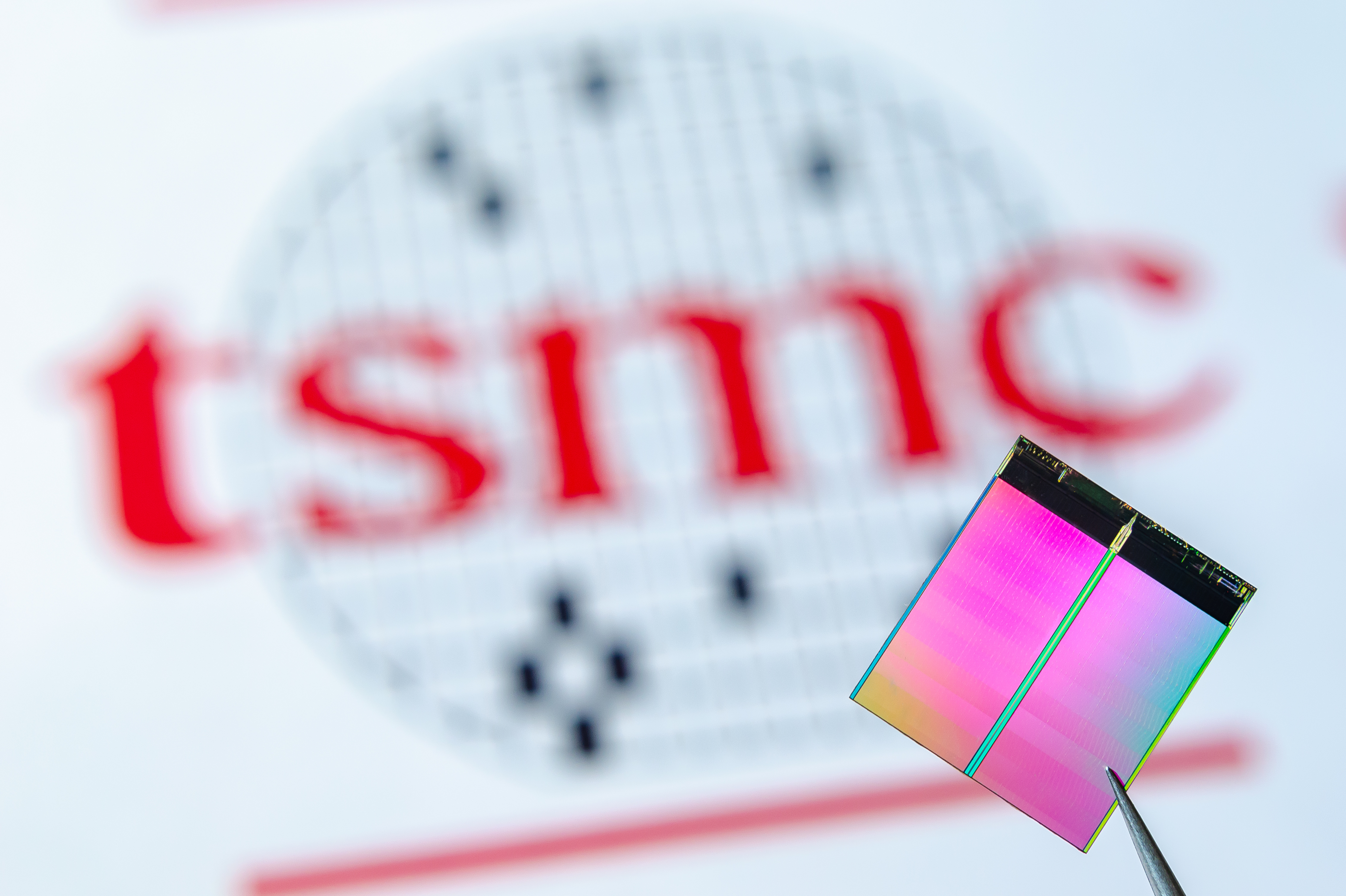TSMC and GlobalFoundries Dismiss All Patent Lawsuits, Announce 10-Year Cross-License
TSMC and GlobalFoundries have buried the hatchet.
What began with a bang ended with a whimper. Today GlobalFoundries and TSMC issued separate, but identical, press releases stating the companies have resolved all of their global patent disputes, resulting in the dismissal of all patent lawsuits between the two companies. The agreement comes as the byproduct of a new life-of-patents cross-license between the companies for all existing patents. The cross-licensing also covers all new patents issued over the next ten years.
The original dispute began quickly, with GlobalFoundries pursuing litigation against 20 of TSMC's customers, albeit with its own customers (like AMD) excluded from the legal action. Those lawsuits were aimed at barring imports of impacted TSMC-produced products to the U.S. and Germany. TSMC took a predictable path and countersued GlobalFoundries for infringing 25 of its own patents, seeking a stoppage of production and sale of impacted products.

Here is the joint statement:
"TSMC and GLOBALFOUNDRIES (GF) today announced they are dismissing all litigation between them as well as those that involve any of their customers. The companies have agreed to a broad life-of-patents cross-license to each other’s worldwide existing semiconductor patents as well as those patents that will be filed during the next ten years as both companies continue to invest significantly in semiconductor research and development.
This resolution guarantees TSMC and GF freedom to operate and ensures that their respective customers will continue to have access to each foundry's complete array of technologies and services."
In regards to today's quashing of the disputes, we reached out to Patrick Moorhead, Founder, President & Principal Analyst at boutique tech analyst firm Moor Insights & Strategy, for some perspective:
"I believe this agreement is good for the industry as more companies sharing patents and IP accelerates innovation. As GlobalFoundries initiated the lawsuit and is in less diverse markets, I think it likely got the better deal."
Get Tom's Hardware's best news and in-depth reviews, straight to your inbox.
In either case, burying the hatchet is a win for both companies, as the litigation would have drug on for years across several jurisdictions.
And with that, two of the world's three independent foundries have made amends, which is good for the industry as the two companies supply a diverse range of clients that include Nvidia, AMD, and Apple during a time when the worldwide supply of semiconductors is already feeling the squeeze from unprecedented demand.

Paul Alcorn is the Editor-in-Chief for Tom's Hardware US. He also writes news and reviews on CPUs, storage, and enterprise hardware.
-
InvalidError That was the most sensible and logical conclusion. Everybody apart from overpaid lawyers win and both companies get to do more of what they're supposed to be doing with fewer potential hindrances, and all of their respective clients have that many fewer reasons to fear litigation-induced production delays.Reply -
MasterMadBones This all happened so quickly that I get the feeling this was what GlobalFoundries was after all along. As they are falling behind in the node race, this may help them hold on a couple of years longer, especially considering how much demand for 7nm and future nodes there is. TSMC may benefit from GF's packaging technologies.Reply -
InvalidError Reply
Couple of years? With things like FOVEROS coming along, I can easily foresee 10-16nm active interposers and other similar building blocks sticking around for the next 10+ years. May not be as glamorous as bleeding-edge CPUs, GPUs and SoCs but enough to remain relevant for a very long time to come.MasterMadBones said:this may help them hold on a couple of years longer
This isn't much different from how many companies still have 1300+nm fabs to make high voltage and/or current chips such as analog parts, power management ICs, FET drivers, etc.
Sometimes, newer isn't better. -
MasterMadBones Reply
I was talking about the node race specifically. I am aware that there are hundreds of companies that produce ICs on larger nodes. Besides, GF's position in packaging technology is very good.InvalidError said:Couple of years? With things like FOVEROS coming along, I can easily foresee 10-16nm active interposers and other similar building blocks sticking around for the next 10+ years. May not be as glamorous as bleeding-edge CPUs, GPUs and SoCs but enough to remain relevant for a very long time to come.
This isn't much different from how many companies still have 1300+nm fabs to make high voltage and/or current chips such as analog parts, power management ICs, FET drivers, etc.
Sometimes, newer isn't better.
It's pretty important for the CPU and GPU market that GF stays competitive with node shrinks because there are currently just two independent manufacturers of bleeding-edge process technology. -
InvalidError Reply
Between the exorbitant costs of fabs making it impossible for most IC designers to justify owning their own and the significant costs of re-taping-out and re-qualifying a design on different manufacturers' processes, the market has a finite capability and willingness to support more than one manufacturer, so having fewer companies to deal with is better so long as they don't start price-gouging for their services or discriminating for questionable reasons.MasterMadBones said:It's pretty important for the CPU and GPU market that GF stays competitive with node shrinks because there are currently just two independent manufacturers of bleeding-edge process technology.
The biggest problem is that fundamental research is getting too expensive for any single company to afford, so everyone is pitching into the ASML pot. Since just about everyone depends on the same ASML equipment, having more different fabs compete for equipment would only slow down capacity scaling, which would be particularly bad for small fabs that don't have enough NXE:3400 to spare their customers the trouble of re-designing their chips to accommodate multiple fabs.
The more expensive research and equipment gets, the more the semiconductor business is going to become a practical monopoly.